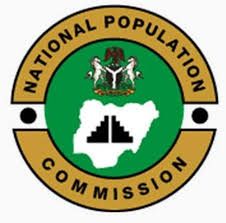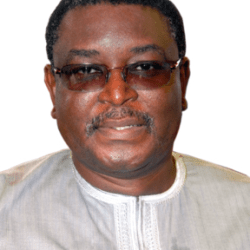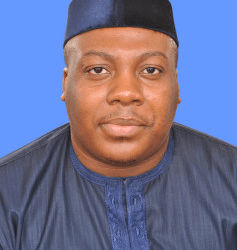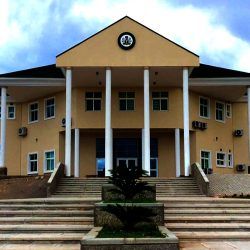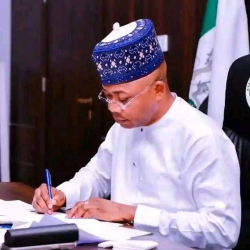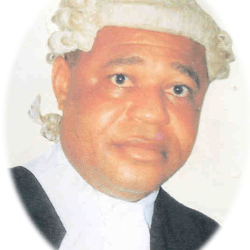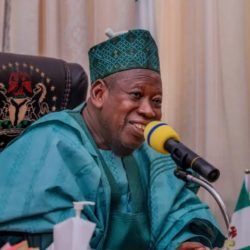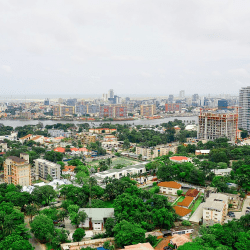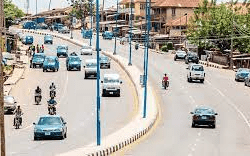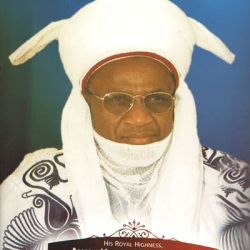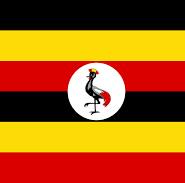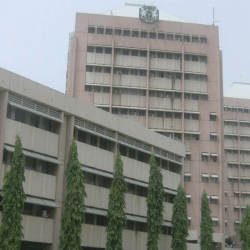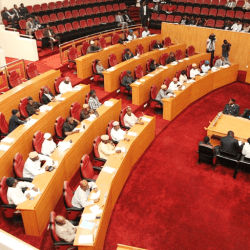Poverty has been defined as the lack of income (in cash or kind) necessary to ensure access to a set of basic needs. But in recent times, it is defined to include powerlessness (the inability to change circumstances for better) isolation, vulnerability (a fear of loosing the little that one has).
In an assessment tour of the 236 wards of the State in 2002/2003, the situation analysis report of the various Transition Work Groups constituted by the Governor prior to his assumption of office in 2003, and the Report of the 2003/2004 Nigeria Living Standard Survey by the Federal Office of Statistics (now Bureau of Statistics) enabled the State Government to objectively assess the quality of life of its people. This report focused on three indicators to measure poverty across the nation, namely, Poverty Incidence, Social Capital and Community Participation, as well as Total Household Expenditure.
The poverty statistics and inequality measures indicate that 81.25 per cent of the State population subjectively classified themselves as “poor”, using self-rated lines. The inequality measure using Gini Coefficient for Ogun State was 0.388, while the poverty incidence, by the relative measures was 38.73, placing the State in the 14th and 10th positions respectively amongst the other States in the country. On the other hand, with the per capital relative poverty by State, the Core Poor was 9.4 per cent; Moderately Poor was 29.4 per cent, while Non Poor was 61.3 per eent. In addition, the poverty incidence by minimum of 2900 calories puts Ogun State in the 10th position in the nation with 19. 76 per cent and 80.24 per cent, respectively. Above all, the total household income per capital expenditure was N4,300.
In the area of household dwelling by type, 66.2 per cent lived in single rooms, 5.3 per cent in apartments/flats, 26.4 per cent in whole building, and 2.1 per cent in others. Regarding the type of construction, 31.16 per cent of the houses in the State was built with mud bricks, 59.79 per cent with cement/concrete blocks, 4.63 per cent with burnt bricks, 2.11 per cent with stone, 0.42 with roofing sheets and 1.89 per cent with other materials. Also, 90.7 per cent of the structures was roofed with iron/zinc sheets.
On assessing the sources of light available to the people, 59.0 per cent has access to electricity, 35.9 per cent uses kerosene, 0.7 per cent uses gas and 4.4 uses other means. For cooking, however, 52.6 per cent uses kerosene, while 44.5 per cent uses firewood. Most importantly, the report ascertained that 66.88 per cent of the people have access to safe drinking water.
Ogun State
Ogun is a major industrial state in Nigeria. It is located in the country’s south western zone.
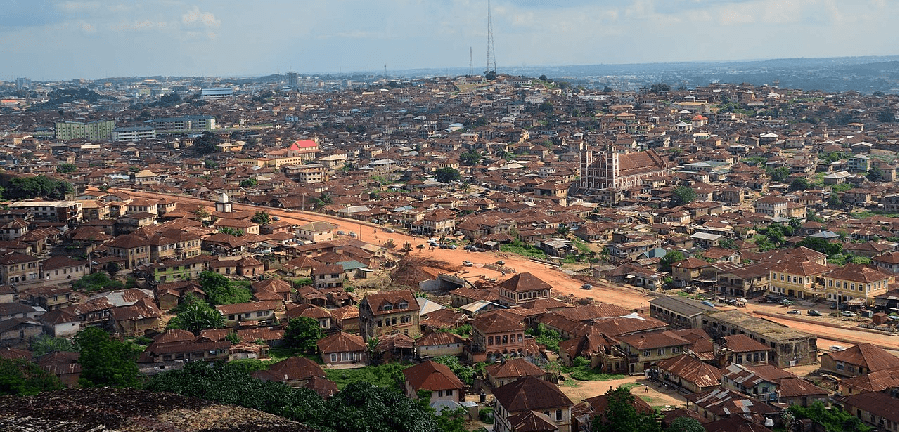
Nicknamed the “Gateway to Nigeria”, the state is notable for having a high concentration of industrial estates and being a major manufacturing hub in Nigeria.
Major factories in Ogun include the Dangote Cement factory in Ibese, Nestle, Lafarge Cement factory in Ewekoro, Memmcol in Orimerunmu, Coleman Cables in Sagamu and Arepo, Procter & Gamble in Agbara, amongst others.
Founded
It was created on 3 February 1976 from the former Western State.
Boundaries
Ogun State borders Lagos State to the south, Oyo State and Osun State to the north, Ondo State to the east, and the Republic of Benin to the west.
Capital
Abeokuta is both Ogun State’s capital and most populous city
Important cities
Important cities in the state include Abeokuta , Ijebu Ode, the royal capital of the Ijebu Kingdom, and Sagamu, Nigeria’s leading kola nut grower.


Geography
Ogun state is covered predominantly by rain forest and has wooden savanna in the northwest.
Land area
Ogun State has a Land Area of 16,409.26 square kilometers.
Major tribe
Ogun State is mostly Yoruba with the Yoruba language serving as the major one in the state.
Religion
The main religion in Ogun State is Christianity. A certain amount of other religions are being practiced.
Agriculture
Ogun State is noted for being the almost exclusive site of Ofada rice production.
TOURISM SITES
Olumo Rock in Abeokuta, Birikisu Sugbo Shrine at Oke-Eri, Yemoji Natural Swimming Pool at Ijebu-Ode, Oyan Dam in Abeokuta North, Iwopin Boat Regatta and Ebute-Oni in Ogun Waterside.
Other Sites are Madam Tinubu Shrine in Abeokuta, Oronna Shrine in Ilaro, Area J4 Forest Reserve; Tongeji Island in Ipokia, Old Manse at Ogbe, Abeokuta, St. James Anglican School, Ota and Ijamido River Shrine in Ota.
Check out our Tourism Gallery
LOCAL GOVERNMENT AREAS
- Abeokuta -North
- Abeokuta South
- Ado-Odo/Ota
- Ewekoro
- Ifo
- Ijebu East
- Ijebu North
- Ijebu North-East
- Ijebu-Ode
- Ikenne
- Imeko-Afon
- Ipokia
- Obafemi/ Owode
- Odeda
- Odogbolu
- Ogun Waterside
- Remo North
- Sagamu
- Yewa North
- Yewa South
THE PEOPLE
The People of Ogun State belong to the Yoruba Ethnic Group of South-West Nigeria and also live in parts of Benin Republic and Togo, with substantial Diaspora elements in Brazil, Cuba and Sierra Leone, consequential to the Trans-Atlantic Slave Trade.
The Sub-groups are mainly the Egba, Yewa, Awori, Egun, Ijebu, Remo, Ikale and Ilaje, Anago, Ketu, Ohori etc.
PROMINENT PERSONS
Ogun is also home to many icons in Nigeria in particular and Africa in general.
Ogun sons and daughters make their mark in diverse professions and have contributed in no small measure to the development of the state and Nigeria both at home and abroad.
Ogun State has produced icons and pioneers such as:
• Alexander Akintola Sapara-Williams
The first Nigerian Lawyer
• Hon. Justice Olumuyiwa Jibowu
The first Nigerian Judge to sit on the Supreme Court Bench
• Sir Adetokunbo Ademola
The first Indigenous Chief Justice of Nigeria
• Chief Simeon Adebo
Pioneer Permanent Secretary, Head of Civil Service and Permanent Representative of Nigeria at the United Nations
• Chief Obafemi Awolowo
The first Nigerian Lawyer to head a Regional Government
• Professor Wole Soyinka
Black Africa’s first Nobel Laureate
• Adeoye Lambo
One-time Deputy Director General of the World Health Organisation
• Prof. Anthony Asiwaju
Renowned Historian
• Chief J. F. Odunjo
Foremost Author
• Oluṣẹgun Arẹmu Ọbasanjọ
A former Nigerian Army general and former President of Nigeria
LANGUAGES
Yoruba and English (Official Language) and several dialects of the sub-groups.
FESTIVALS
Agemo, Lisabi, Ogun, Igunnuko, Orisa-Oko, Egungun, Obirin-Ojowu, Gelede, Oro, Ojude-Oba and Sango.
POPULATION
The population of Ogun State based on 2006 Census was 3,751,140 comprising of 1,864,907 Males and 1,886,233 Females.
However, the projected population as at 2011 Census is 4,397,604 with 2,186,301 Males and 2,211,303 Females
The State is endowed with a favourable climate and good vegetation for all year round cultivation of various cash and food crops as well as livestock rearing.
VEGETATION
The climate is also conducive for business and industrial growth. In Ogun State, we have in the south, the evergreen forest vegetation and soil most suitable for the cultivation of cash and food crops like oil palm, rice, kola- nut, cocoa, cotton, cassava, cocoyam and vegetables. While in the north, we have a vast grazing savannah land that is suitable for animal husbandry. In addition to this, there are forest reserves, rivers and lagoons with a beautiful ocean front down south that is good for beach resorts.
NATURAL RESOURCES
The State has natural resources that include forest and water bodies as well as large quantities of mineral deposits, such as limestone, phosphate, granite stone, gypsum, bauxite, bitumen, feldspar, clay, glass sand, kaolin, quartz, tar sand and gemstones.
